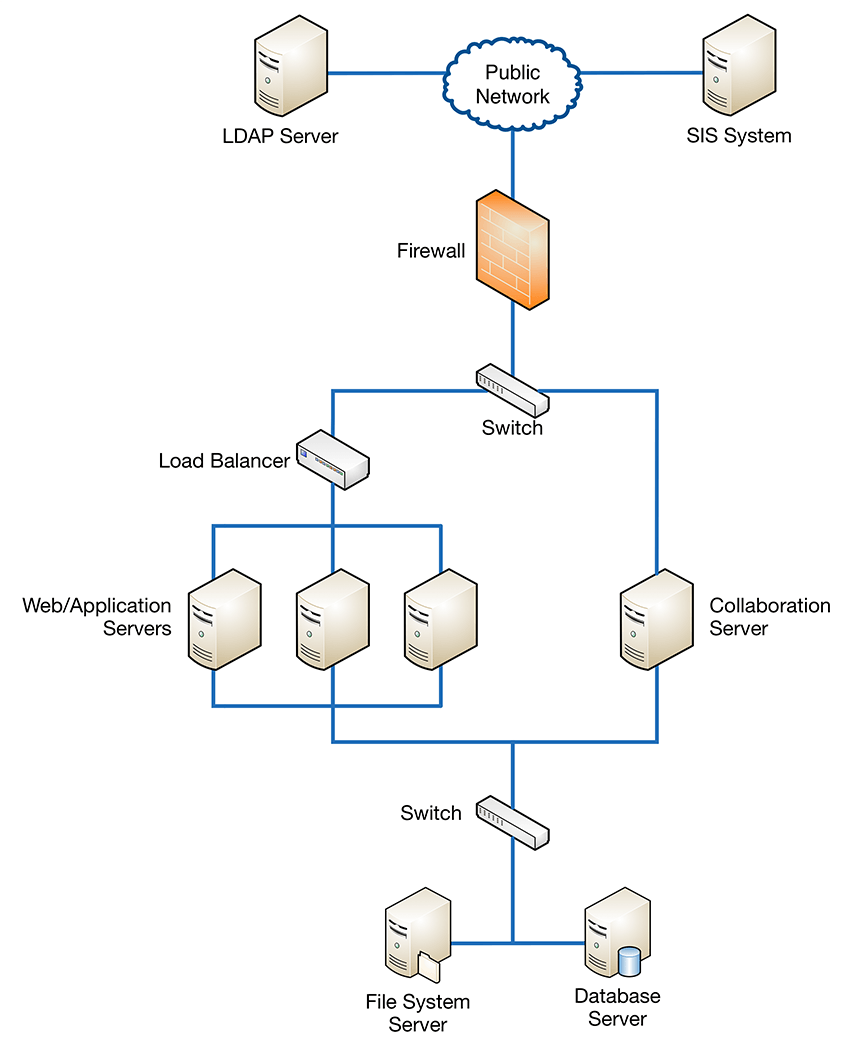| Original author(s) | Tim Berners-Lee, Ari Luotonen, Henrik Frystyk Nielsen |
|---|---|
| Developer(s) | CERN / World Wide Web Consortium |
| Initial release | 24 December 1990; 30 years ago |
| Final release | |
| Operating system | Unix, Unix-like |
| Available in | C |
| Type | Web server, proxy server |
| License | MIT Copyright Statement with acknowledgement to CERN |
| Website | www.w3.org/Daemon/ |
A web server is a network service that serves content to a client over the web. This typically means web pages, but any other documents can be served as well. Web servers are also known as HTTP servers, as they use the hypertext transport protocol (HTTP). The Apache HTTP Server, httpd, is an open source web server developed by the Apache Software Foundation. Learn to host your own website with Apache, a solid, well-known, and easy-to.
CERN httpd (later also known as W3C httpd) is an early, now discontinued, web server (HTTP) daemon originally developed at CERN from 1990 onwards by Tim Berners-Lee, Ari Luotonen[2] and Henrik Frystyk Nielsen.[1] Implemented in C, it was the first web server software.[3]
History[edit]
CERN httpd was originally developed on a NeXT Computer running NeXTSTEP, and was later ported to other Unix-likeoperating systems, OpenVMS and systems with unix emulation layers, e.g. OS/2 with emx+gcc. It could also be configured as a web proxy server.[1][3]Version 0.1 was released in June 1991.[4]In August 1991, Berners-Lee announced in the Usenet newsgroupalt.hypertext the availability of the source code of the server daemon and other World Wide Web software from the CERN FTP site.[5]
The server was presented on the Hypertext 91 conference in San Antonio and was part of the CERN Program Library (CERNLIB).[5][7]
Later versions of the server are based on the libwwwlibrary.[2] The development of CERN httpd was later taken over by World Wide Web Consortium (W3C), with the last release being version 3.0A of 15 July 1996.[1] From 1996 onwards, W3C focused on the development of the Java-based Jigsaw server.[8]
The initial version was public domain software; the last one was under an MIT License.[9]
See also[edit]
- Web accelerator, which discusses host-based HTTP acceleration
- Proxy server, which discusses client-side proxies
- Reverse proxy, which discusses origin-side proxies
References[edit]
- ^ abcdOfficial CERN httpd page
- ^ abKahan, José (5 August 1999). 'Why Libwww?'. World Wide Web Consortium. Retrieved 15 June 2010.
- ^ abThe Server Guide: CERN httpdArchived 16 November 2009 at the Wayback Machine
- ^Change History for httpd
- ^ abStewart, Bill. 'Tim Berners-Lee, Robert Cailliau, and the World Wide Web - Web development'. Living Internet. Retrieved 26 July 2010.
- ^'W3C Open Source Software - CERN Server'. World Wide Web Consortium. Archived from the original on 11 February 2012. Retrieved 23 January 2011.
- ^Robert Cailliau (21 July 2010). 'A Short History of the Web'. NetValley. Retrieved 21 July 2010.
- ^Baird-Smith, Anselm (April 1996). 'W3C Activity: The CERN server'. World Wide Web Consortium. Archived from the original on 13 February 2012. Retrieved 21 July 2010.
- ^The birth of the web Licensing the web on cern.ch (2014, archived)
Apache Web Server
External links[edit]
Apache Server Httpd
Running several name-based web sites on a single IP address.

Pdf file download for mac. Your server has multiple hostnames that resolve to a single address, and you want to respond differently for www.example.com and www.example.org.
Note

Creating virtual host configurations on your Apache server does not magically cause DNS entries to be created for those host names. You must have the names in DNS, resolving to your IP address, or nobody else will be able to see your web site. You can put entries in your hosts file for local testing, but that will work only from the machine with those hosts entries.

The asterisks match all addresses, so the main server serves no requests. Due to the fact that the virtual host with ServerName www.example.com is first in the configuration file, it has the highest priority and can be seen as the default or primary server. That means that if a request is received that does not match one of the specified ServerName directives, it will be served by this first <VirtualHost>.
Service Httpd Graceful
The above configuration is what you will want to use in almost all name-based virtual hosting situations. The only thing that this configuration will not work for, in fact, is when you are serving different content based on differing IP addresses or ports.

Note
You may replace * with a specific IP address on the system. Such virtual hosts will only be used for HTTP requests received on connection to the specified IP address.
Server Httpd Error
However, it is additionally useful to use * on systems where the IP address is not predictable - for example if you have a dynamic IP address with your ISP, and you are using some variety of dynamic DNS solution. Since * matches any IP address, this configuration would work without changes whenever your IP address changes.
